Birth of a Human Baby
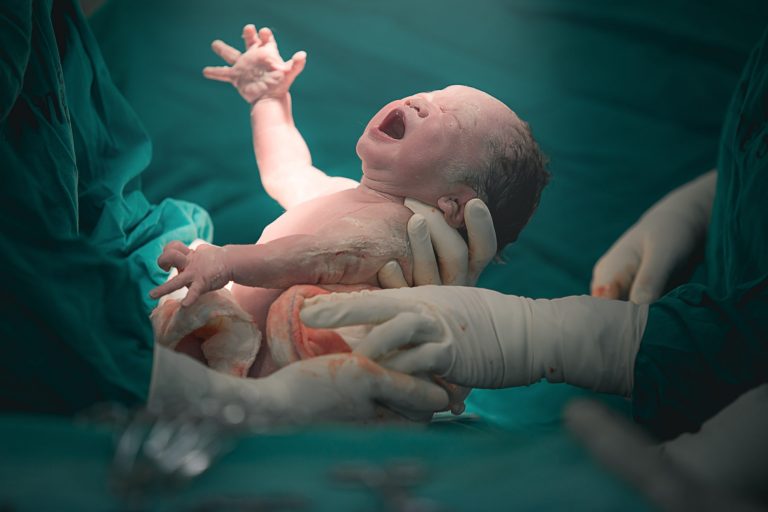
The human birthing process
Table of Contents
Continued from the previous tutorials, Fertilization and Fetal Growth and Development.
The baby soon outgrows the energy requirements that the placenta previously met, and is time to be conceived into the open world by the mother.
Stages of the Birth Process
Stage 1 – between 8 to 10 minutes
The release of oxytocin, a hormone, instructs the mother’s body that the food supply for the baby can no longer be met, which bring about contractions in the mother and soften the tissue of the cervix where the baby will pass through.
The ‘waters then break’ caused by the pressure of the contractions, the amniotic fluid which once surrounded the fetus is released.
Stage 2 – delivering the baby – 30+ minutes
This is where the baby is pushed down the cervix through the vagina, out to the open world. This is the hardest stage of labor, and it involves the mother ‘pushing’ with the contractions to force the baby out. This is a natural behavioral response in the mother due to the pain involved in getting the baby out.
Stage 3 – afterbirth
This is where the placenta is excreted after the newly born baby, as it is no longer required in the body and has served its function. The newly born baby must survive in the open world with its maternal parents there to help them learn, grow up healthily and care for.
The next tutorial investigates contraception, used to prevent pregnancy which although it is morally disputed, can be beneficial depending on your point of view. Contraception is not accepted in all parts of the world due to cultural and religious beliefs, but are a way to prevent intercourse leading to pregnancy.
You will also like...
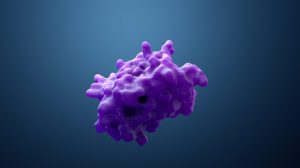
Protein Variety
The sequence of amino acids determines the type of protein. Protein is synthesized according to the sequence of nucleoti..
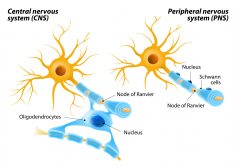
The Central Nervous System
Myelin sheath is essential for a faster conductivity of signals. Know more about this feature of some neurons in the Cen..
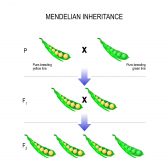
Inheritance and Probability
Gregor Mendel, an Austrian monk, is most famous in this field for his study of the phenotype of pea plants, including ..

Water in Plants
The movement of molecules (specifically, water and solutes) is vital to the understanding of plant processes. This tuto..
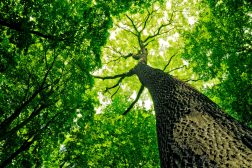
Stems
Stems primarily provide plants structural support. This tutorial includes lectures on the external form of a woody twig ..

Mammalian Ancestors
Mammals are a diverse group of organisms, where most of them develop their offspring within the uterus of the mother. Ov..
